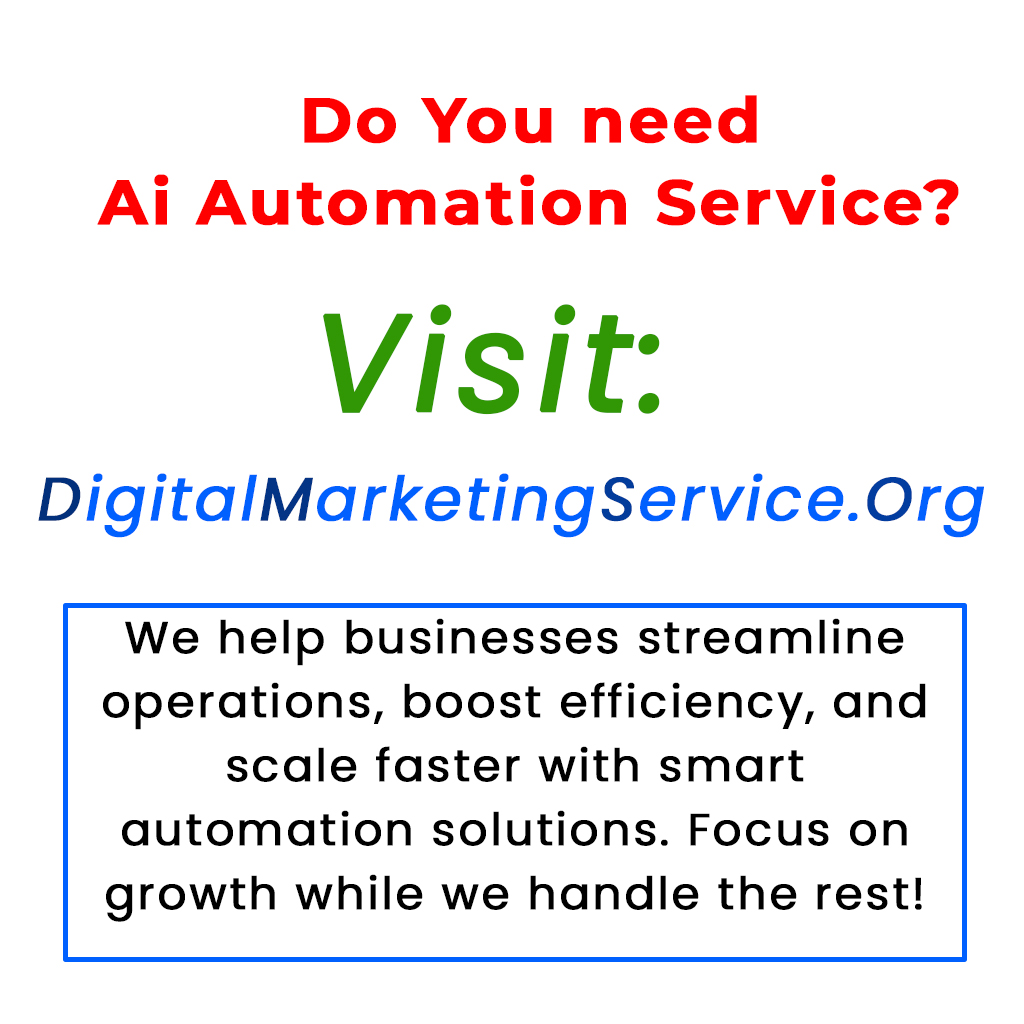This article delves into how artificial intelligence, particularly Generative AI agents, is transforming technology by enabling systems to operate autonomously. Unlike traditional Large Language Models that respond only to prompts, AI agents can make decisions and act independently by using tools like APIs and data stores. The core structure of these agents includes a cognitive architecture consisting of a language model, tools for interaction, and an orchestration layer for processing actions. The article explains different types of tools—extensions, functions, and data stores—showing how they enhance an agent’s functionality. By using frameworks like LangChain, developers can simplify the creation of these agents, paving the way for more intelligent and interactive AI systems.
Architecture, Tools, and Implementation: The Rise of AI Agents
Artificial intelligence is changing our lives rapidly, especially through tools like Large Language Models (LLMs) such as ChatGPT. These models can craft human-like text, engage in conversations, and solve complex problems. However, their capabilities have limits. They can respond based on pre-existing data, but they lack the ability to take action independently. This is where AI agents come into play, extending the capabilities of LLMs to observe, reason, and act on their own.
In this blog, we will dive into the architecture, tools, and implementation of AI agents and how they can make our lives easier through automation and intelligent decision-making.
What Are AI Agents?
At its core, an AI agent is a self-sufficient program designed to reach goals by acting independently. Unlike LLMs, which wait for user prompts, AI agents take the initiative to act. For example, while an LLM might suggest a travel itinerary, an AI agent could handle booking flights, finding hotels, and scheduling transport all on its own.
Key Components of AI Agents
An AI agent is built on three essential parts:
1. The Model: This serves as the brain of the operation. It should be a robust language model capable of following reasoning frameworks to effectively make decisions.
2. The Tools: These are essential for an agent to interact with the real world. They can take various forms, such as APIs or databases, allowing the agent to pull information or execute actions.
3. The Orchestration Layer: This is the system that guides the agent in processing information, making decisions, and moving toward its goals. It continuously refines its actions based on its surroundings.
Types of Tools for AI Agents
AI agents utilize three primary types of tools:
– Extensions: These act as connectors that allow agents to interact with APIs seamlessly, expanding their capabilities without extensive coding.
– Functions: These are self-contained modules that perform specific tasks and can be reused, making the agent more efficient.
– Data Stores: These provide dynamic access to current information, enabling the agent to give timely and relevant responses.
Targeted Learning Approaches
To enhance decision-making, targeted learning approaches teach AI agents when and how to use different tools. This involves methods like in-context learning, which allows models to adapt information on the fly, and fine-tuning, which permanently incorporates knowledge into the model.
Real-World Example Using LangChain
LangChain is an innovative framework that streamlines building AI agents. It allows for easy integration of tools like SerpAPI for web searches and Google Places API for location data. In a practical example, an agent can answer questions regarding sports events and provide venue information quickly and accurately.
Final Thoughts
AI agents are an exciting development in the tech world, bridging the gap between data processing and real-world action. They offer immense potential to streamline everyday tasks and improve efficiency across various fields. By understanding their architecture and tools, we can harness this power to make our lives easier.
Key Takeaways:
– AI agents enhance the capabilities of LLMs by facilitating real-time interactions and decision-making.
– The orchestration layer functions as the central control system that manages memory and planning.
– Tools such as extensions, functions, and data stores significantly empower agents to go beyond basic understanding.
– Targeted learning can improve how AI agents select tools and resources for various situations.
– Frameworks like LangChain make building AI agents easier and more effective.
This blog offers a glimpse into the future of AI, showcasing how agents can transform the way we tackle tasks and solve problems daily.
What are AI agents?
AI agents are computer programs that can perform tasks or make decisions on their own. They use artificial intelligence to understand their environment, learn from it, and act accordingly.
How do AI agents work?
AI agents work by using algorithms and data to analyze situations. They process information from their surroundings, learn patterns, and choose the best actions based on what they learn.
What tools are used to build AI agents?
Various tools are used to build AI agents. Some common ones include programming languages like Python, libraries such as TensorFlow and PyTorch, and platforms like Microsoft Azure or Google Cloud.
What is the architecture of AI agents?
The architecture of AI agents includes several components. These usually consist of a data input system, processing unit, learning algorithms, and an output system that takes action based on decisions made.
How can I implement an AI agent?
To implement an AI agent, you need to define the problem it will solve, choose the right tools for development, train the agent using data, and then test it in real-world scenarios to see how well it performs.






